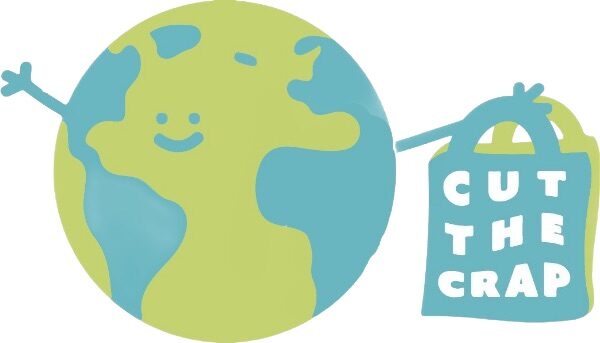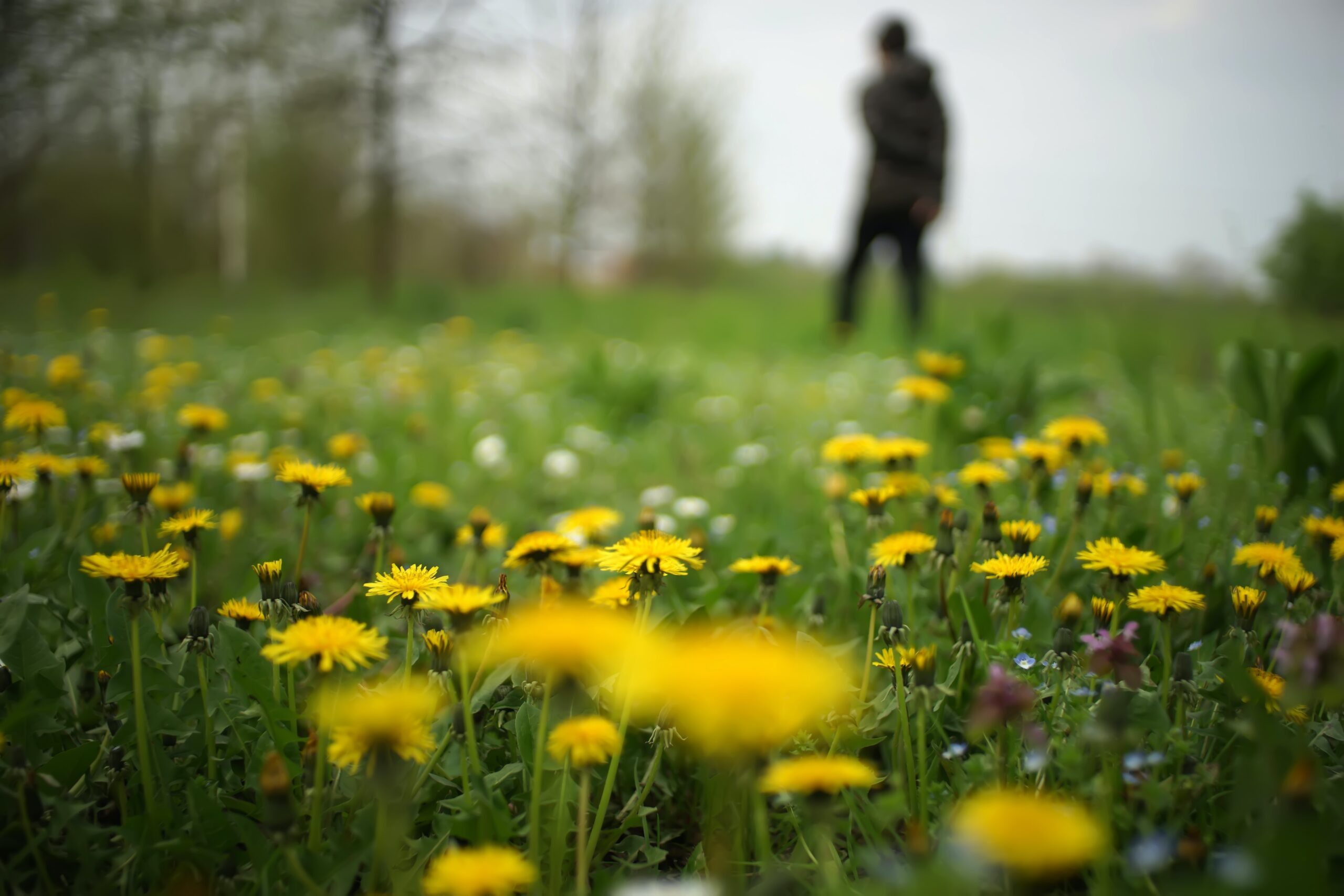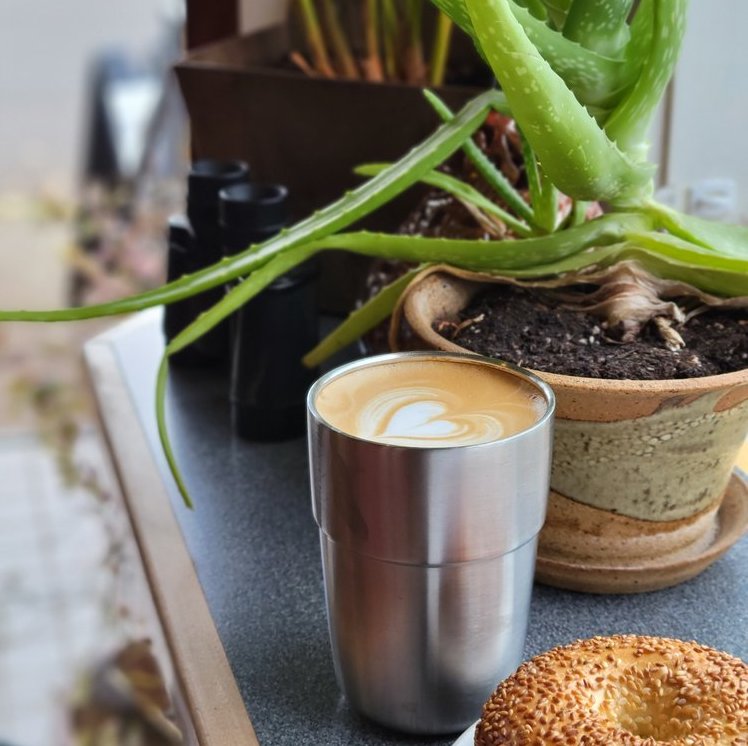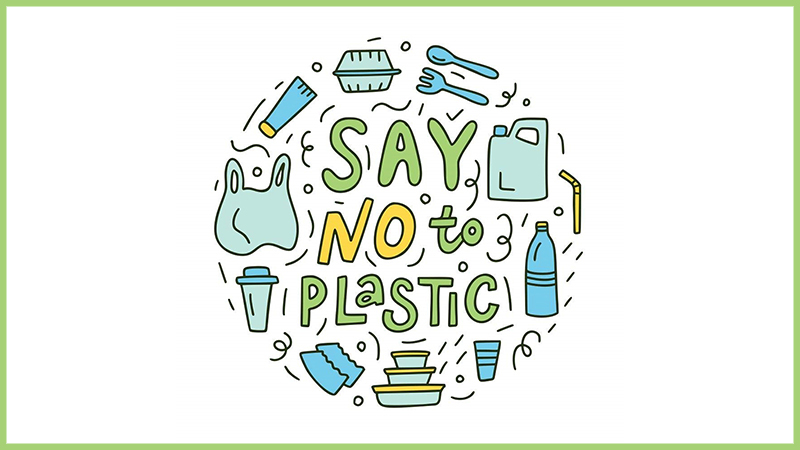
Plastic-Free Swaps That Are Free
It’s Plastic-Free July, and my social media feeds are full of countless ads for sustainable products that you can buy to be more eco-friendly. In my opinion, this creates a barrier for those who can’t afford to invest in a bunch of new, oftentimes higher, costs. There are many ways to live sustainably that don’t require spending any money, just adopting new habits.
If you need extra motivation to cut out plastic from your life, here are some quick facts to remind you why it is critical that we shift our habits to show large corporations that we want plastic free options to be accessible to all:
- 40 percent of plastic produced globally is packaging, used just once and then discarded.
- Almost 1 million plastic beverage bottles are sold every minute around the world, also used just once and then discarded.
- The United States recycles only 9% of its plastic trash.
- Every minute of every day, the equivalent of a truckload of plastic is dumped into the ocean.
- The average person eats around 70,000 microplastics each year.
Simple changes of habit can have major impacts on reducing your own personal plastic consumption. Try out these habits below to get a kickstart on your plastic free journey with plastic-free swaps that are free. Try committing to one or two habits per month so that they really start to stick!
Looking for more ways to save money? Check out Low Waste Habits That Save You Money and Energy Efficiency Tips That Save You Money.
BYO Tupperware to restaurants for leftovers
This habit can be hard to stay on top of at first, but has saved me so many times from adding to my cupboard of containers. I try to be extra thoughtful about if i should bring my own utensils or containers in my bag. I am someone who normally looks at a restaurant menu before going out, so I am able to plan what type of container I think I’ll need.
Bringing your own cutlery and straws is way easier to stick to because you can find compact utensil/straw sets that fit perfectly in purses, your glovebox, or any travel bag! I have found it helpful to put together several sets to keep one in my car and one in my bag.
Put your produce in the cart loose
If you are shopping at a grocery store, you can put most produce in your cart loose if you don’t have a reusable produce bag. If you choose farmers markets, bring a cardboard box to fill with loose produce!

You can also make your own simple produce bag using an old t-shirt. I do a combination of reusable produce bags and just keeping them loose in my cart and it cut out such a large part of the plastic I was using.
Always carry a reusable water bottle
I bring a reusable water bottle with me everywhere I go, no matter what! This has saved me so many times where in the past I would have had to stop at a gas station to pick up a drink, especially as temperatures keep getting hotter and hotter. I recommend choosing a stainless steel water bottle, as I find them easier to clean and they keep beverages colder for longer than plastic. Plus, they don’t leach potentially toxic chemicals and microplastics into your beverage once the bottle heats up like plastic bottles do.
Make your own household cleaner
You can save peels from oranges to make a super simple household cleaner with vinegar. Fill a jar mostly full with orange peels, top with vinegar, and then leave in a dark place for around 2 weeks. Strain, dilute and clean! Lemon peels, rosemary, and pine needles also make great scent combinations.
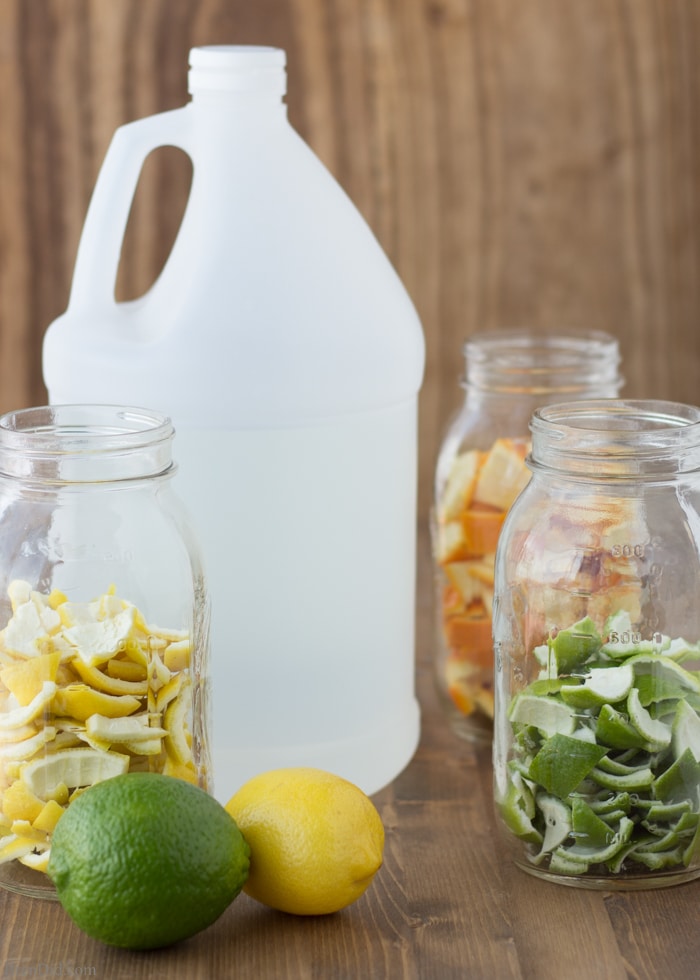
You can also just use vinegar and water to clean, or vinegar, baking soda, and lemon juice to clean most household surfaces. There are so many recipes online that are tried and true, making the opportunities endless for all your cleaning needs.
Use old clothing to make cleaning rags
Old towels, t-shirts, flannels, and socks make great cleaning rags that can be thrown right into the laundry! This swap cuts down on paper towels and sponges that come wrapped in plastic. Plus, it saves you money and gives items a second purpose. I have personally found cotton t-shirts and flannels to be the best material for cleaning surfaces with.
Try repairing before replacing
Many communities have local Fix-It Fairs throughout the year where you can bring your items or clothes for free repair. There are video tutorials online that can show you how to make simple repairs on common items.
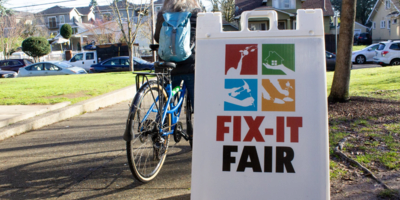
Another option before sending your broken item to the landfill is to post it in a Buy Nothing Group on Facebook. In my local group, people post broken items often and handy people are more than happy to fix it for their own use.
Make your own food
Reducing the amount of takeout and pre-made foods that you are consuming saves money and reduces your plastic consumption! Try planning a few meals to make at home during the week. Bonus points if you can use ingredients in multiple recipes. I also encourage you to try making your favorite packaged food from scratch. It can be a fun way to get creative in the kitchen, and has been one of my favorite plastic-free swaps that are free.
Another super impactful way to cut out plastic packaging is to plant your own herbs and vegetables. You can easily grow herbs in windowsills, and many vegetable plants thrive on outdoor balconies.
Start conversations in your community
When I lived in Minnesota, I would collect plastic film for recycling at a local park. Everyone was so surprised to learn about the Trex program, which recycles plastic film into outdoor building materials. It was exciting to spread the word to a people who otherwise would never have known they had an option to reduce the impact of their plastic use.

I have begun encouraging local restaurants and cafes in my community to offer reusable options for dine-in, as well as some local reusable to-go ware companies. Another beneficial conversation is asking them to only include single-use utensils if the customer asks for it. Lastly, try starting conversations with family members and friends when the opportunity presents itself. You never know who you could inspire into lifelong change.
